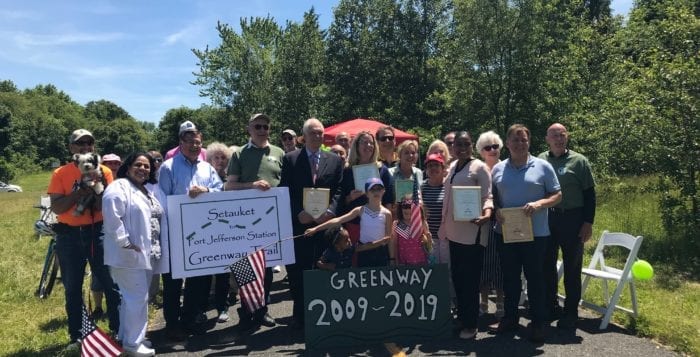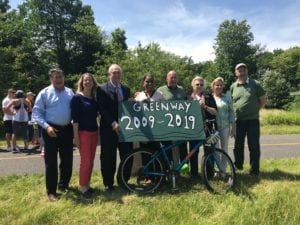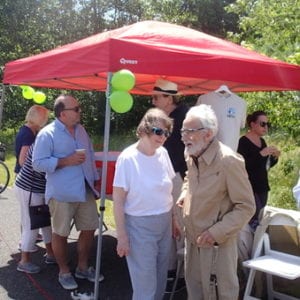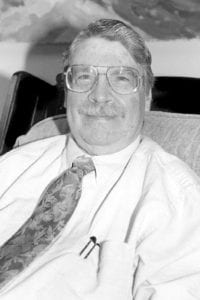The next phase of the 25A corridor study is set to begin. Late last month, the Route 25A Citizen Advisory Committee, town officials and community leaders met to begin discussing a land use code for the corridor. This code would regulate future development and architecture styles among other things in the area.
“This is where we can take a vision and be able to actually make an impact.”
— George Hoffman
The land use phase is one of the most significant land use initiatives affecting the community in years.
George Hoffman, co-chair of the CAC, said he is excited for this next phase and to be working with this group of individuals.
“This is where we can take a vision and be able to actually make an impact,” he said.
The corridor study dates back to 2016 when the town appointed the CAC to assist them in the study and land use plan in the future development of the area. In 2017, the town came out with its Route 25A /Three Village Area Visioning Report.
The report covered the hamlets of Stony Brook, Setauket and East Setauket. Its goal was to use the report as a tool to help achieve a corridor that has a well-functioning road, quality building, site design, improved pedestrian- and bicycle-friendly facilities and preserve historic and natural open spaces.
Hoffman said 25A is an important and historical road that he believes should
be protected.
“The community has seen what has happened to Route 25 after it was turned into a highway,” he said. “They don’t want 25A to turn into Jericho Turnpike.”
Councilwoman Valerie Cartright (D-Port Jefferson Station) said the 25A corridor study is an important tool for land use planning in the community.
“We have just entered into the second phase of this project and I look forward to working with the Citizens Advisory Committee and the community toward implementation of the community vision,” she said in a statement. “I am proactively advocating for this project to proceed as quickly as the process allows, and I will continue to look for public input and participation as we move forward.”
“I am proactively advocating for this project to proceed as quickly as the process allows, and I will continue to look for public input and participation as we move forward.”
— Valerie Cartright
Hoffman said with the land use phase they can apply what they learned in the vision report and decide if there needs to be any changes in zone codes.
One option they are considering is a design manual for future development in the corridor.
“We want to slowly over time make the architecture more consistent,” Hoffman said.
He said residents have expressed they would like the historical nature of the area to be preserved and be a kind of colonial rural community.
The committee will look at all the available parcels in the corridor that could be developed to make sure they are appropriately zoned.
Hoffman also mentioned areas of opportunity the committee and others will look at. One of them is Woods Corner, which is a commercial area east of Nicolls Road. He said he has gotten a sense from the community that there could be improvements to the signage of the commercial buildings.
Another area is the East Setauket commercial corridor near Gnarled Hollow Road and East Setauket Pond Park.
“The boarded-up building on the corner has been an eyesore for quite some time,” Hoffman said. “The county is attempting to purchasing it.”
The first step is to get an appraisal on the land and then the owner of the property will be made an offer. Hoffman said the area is environmentally sensitive due to a stream flowing under the property into nearby waterways. The building’s basement was known to flood because of the running water.
“Because there are no sewers in the area there are limitations on how large a building can be,” he said.
The co-chair of the committee said they hope to take about six months on the land use plan process, and when completed, they will look to write an updated town zone code. If approved, it will be adopted by the town board.



















